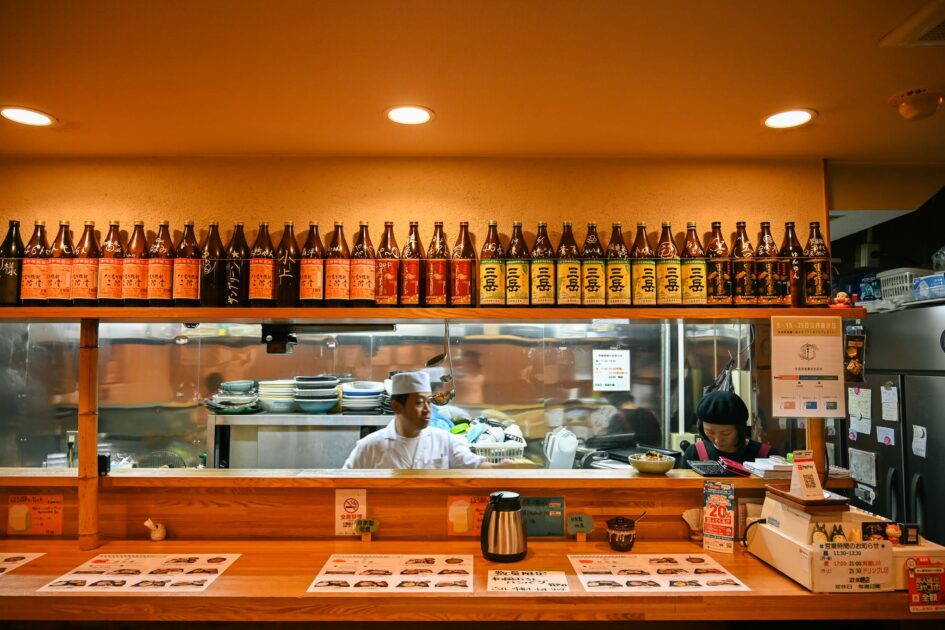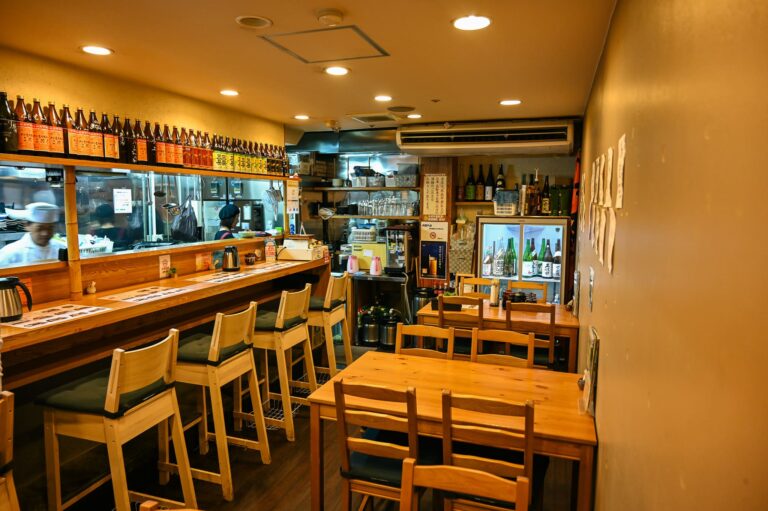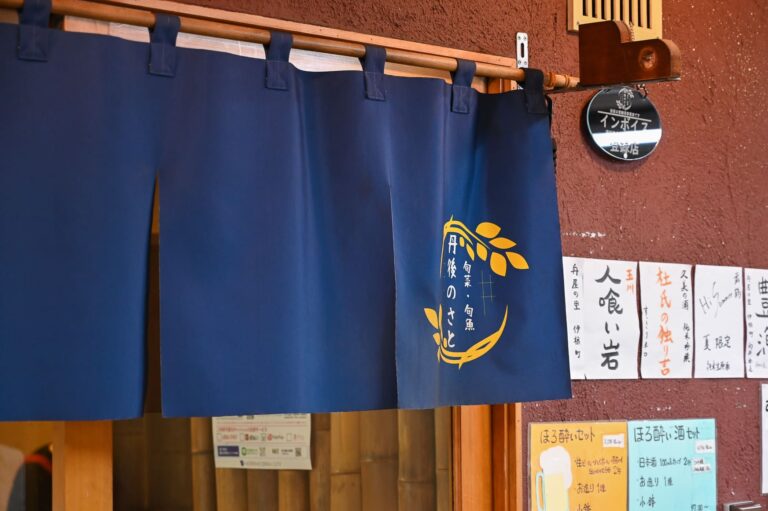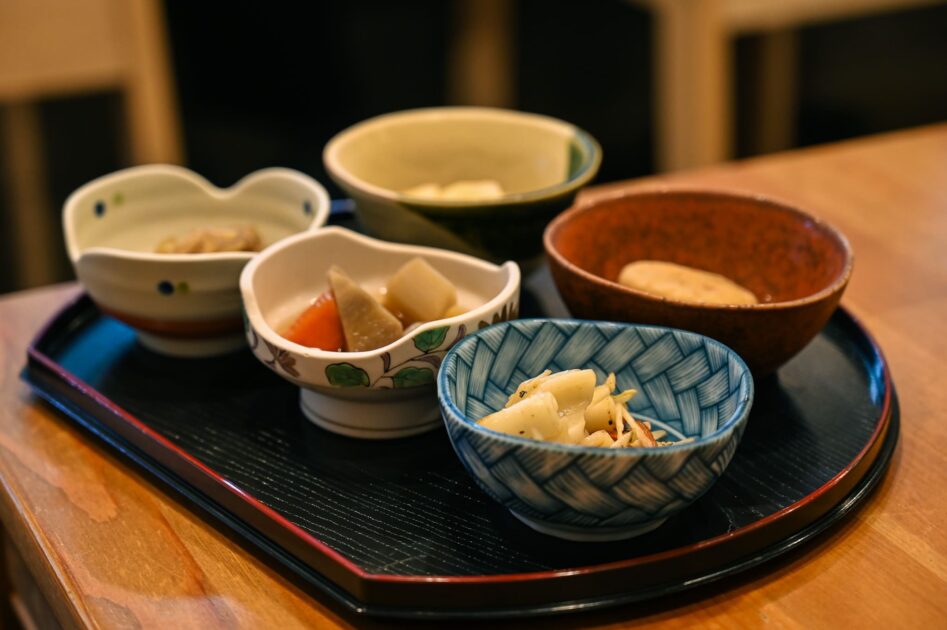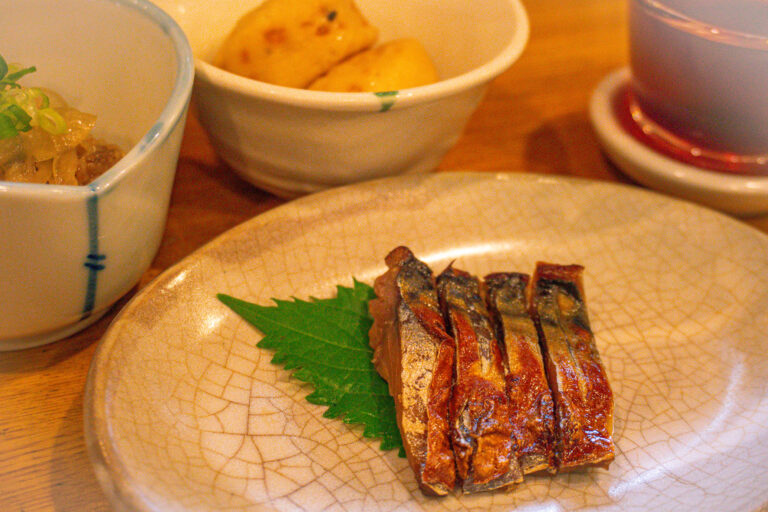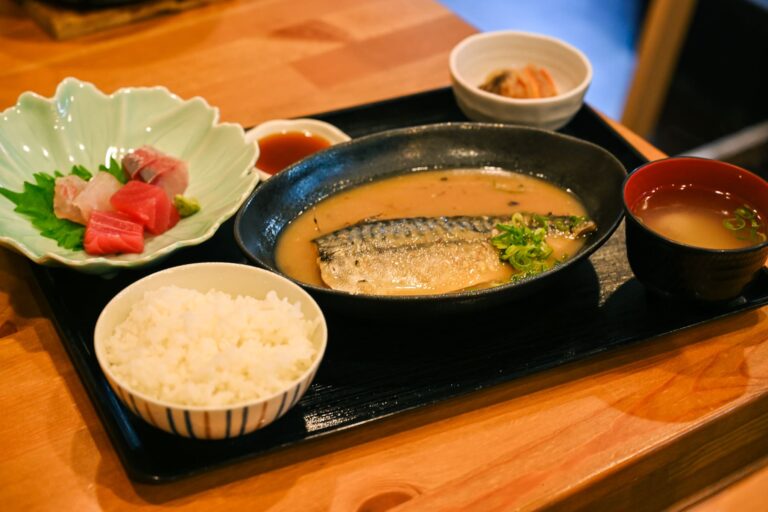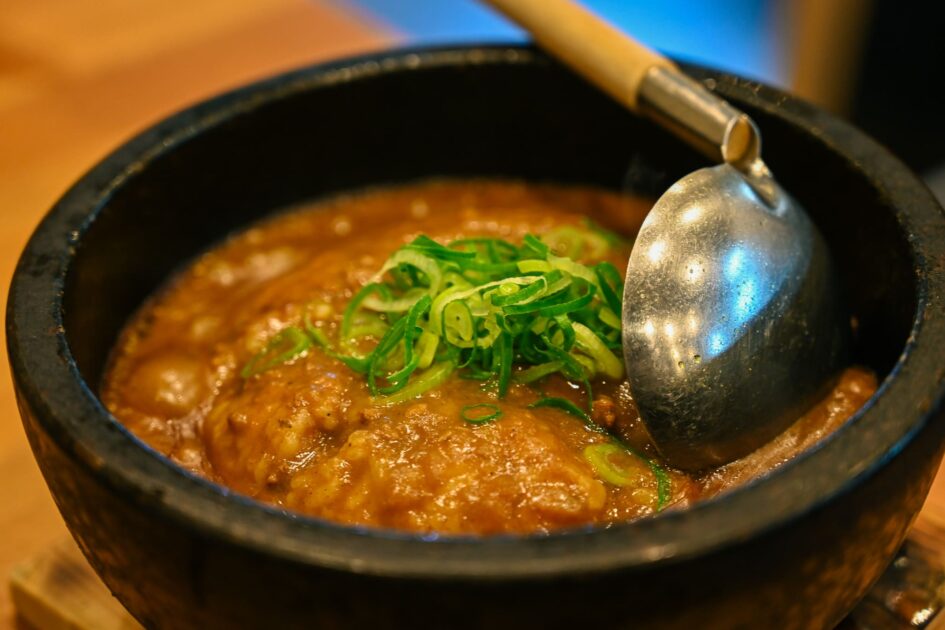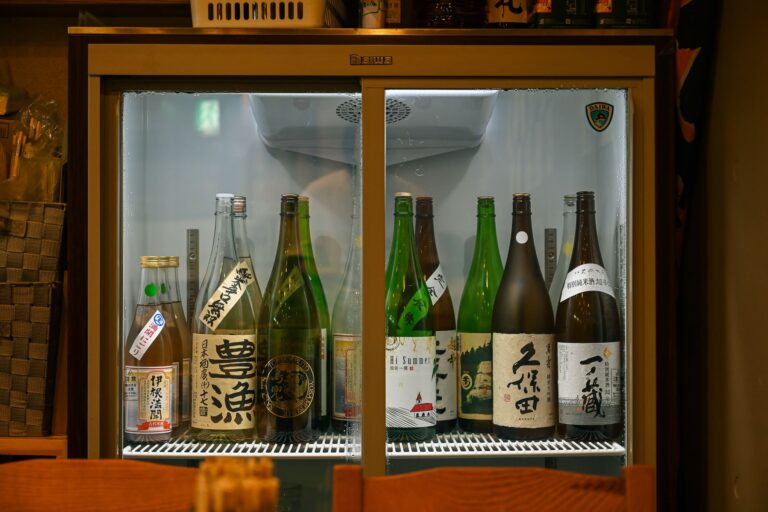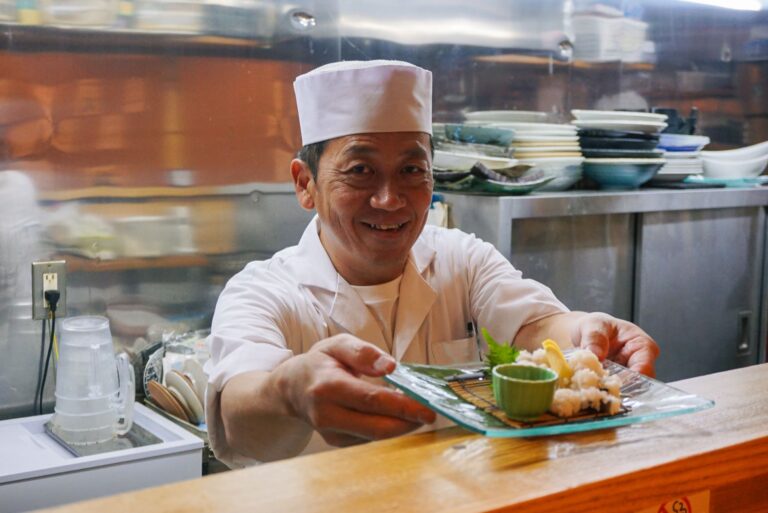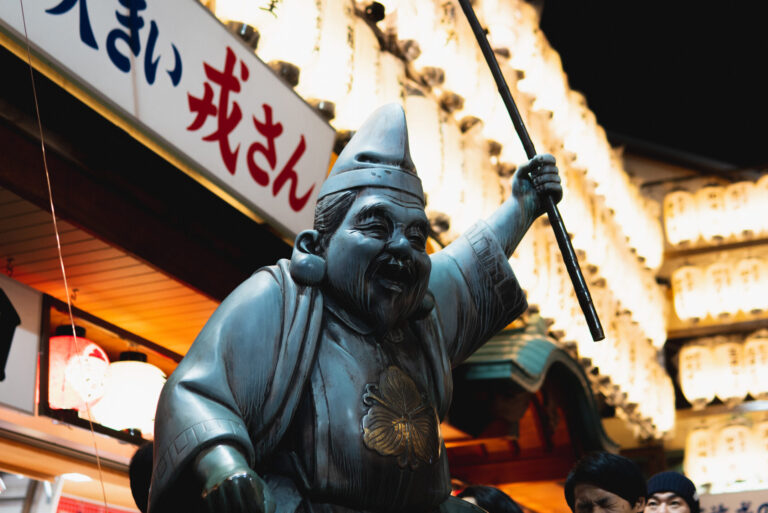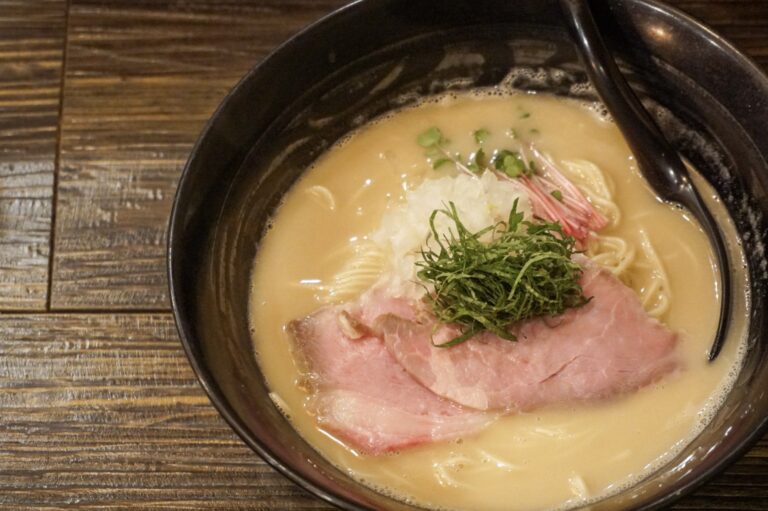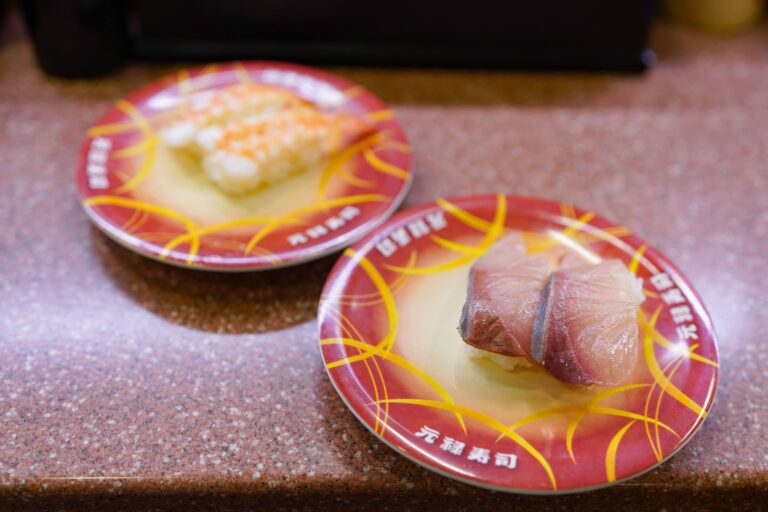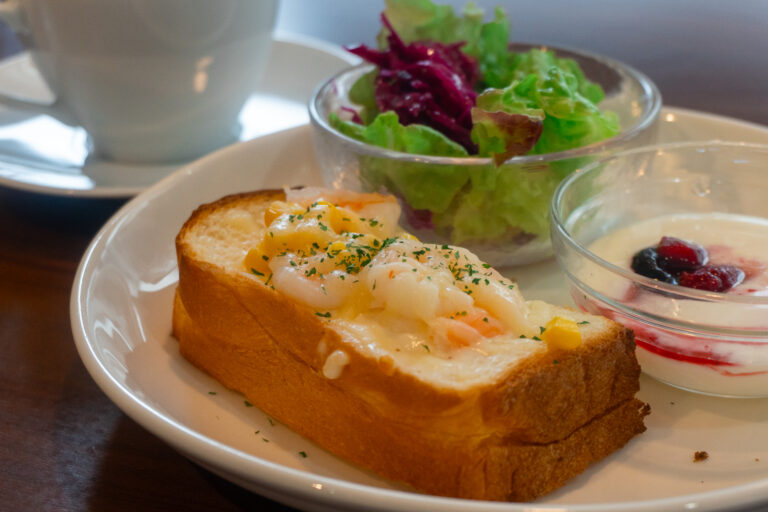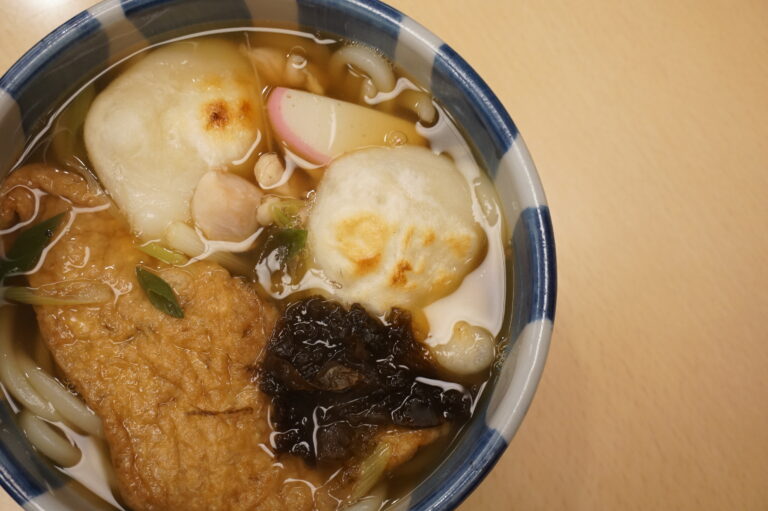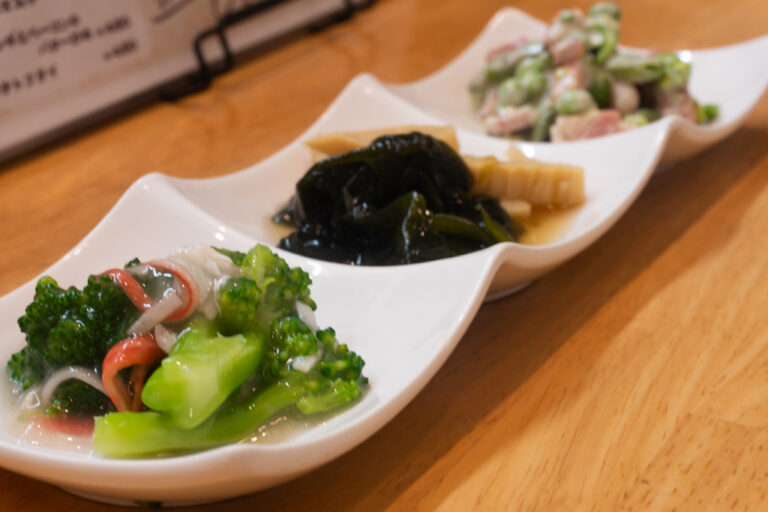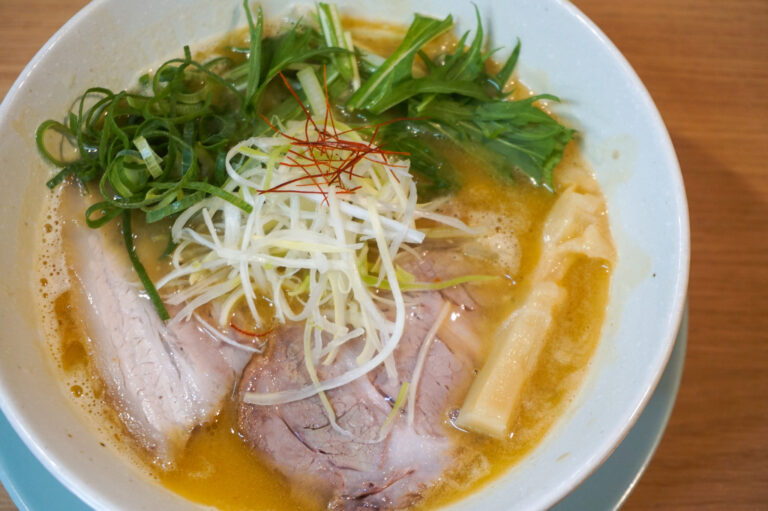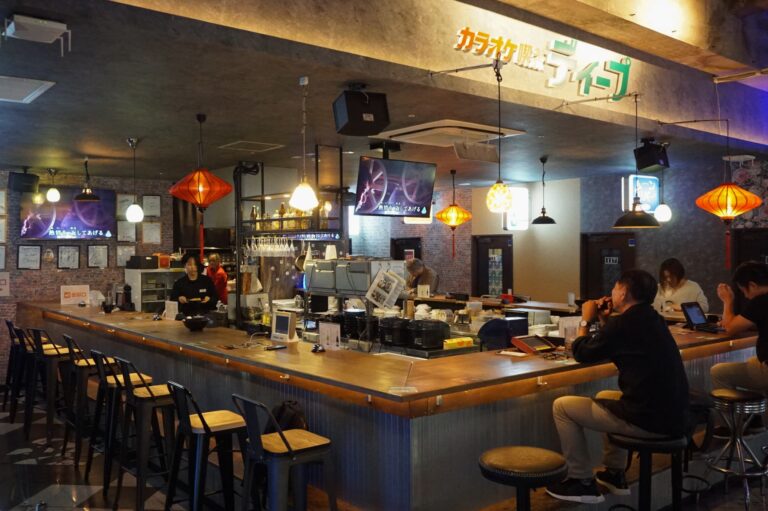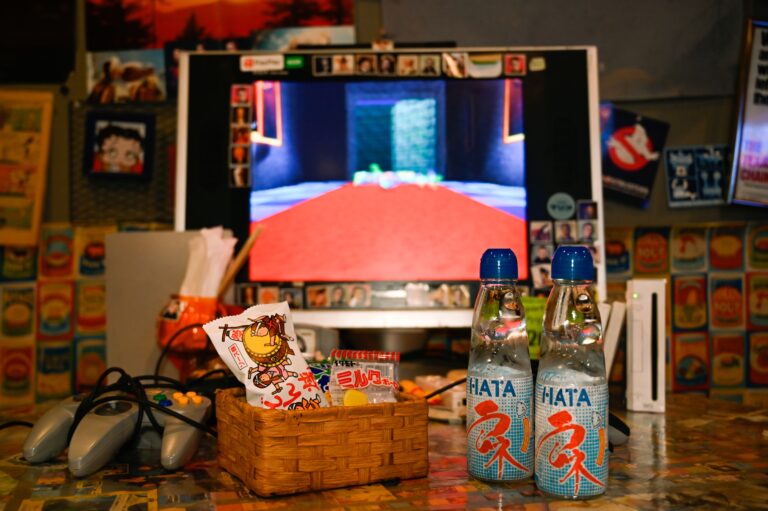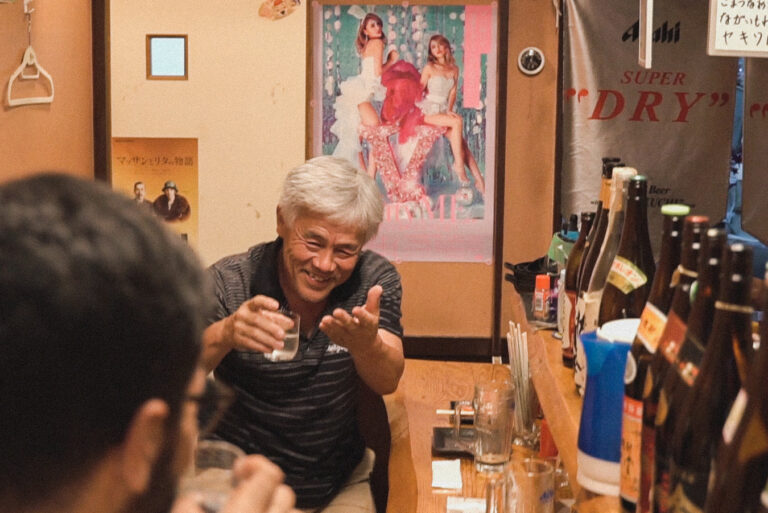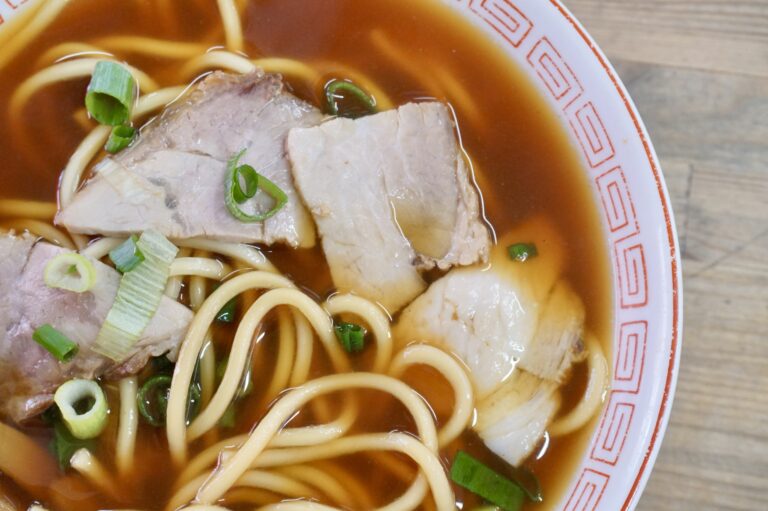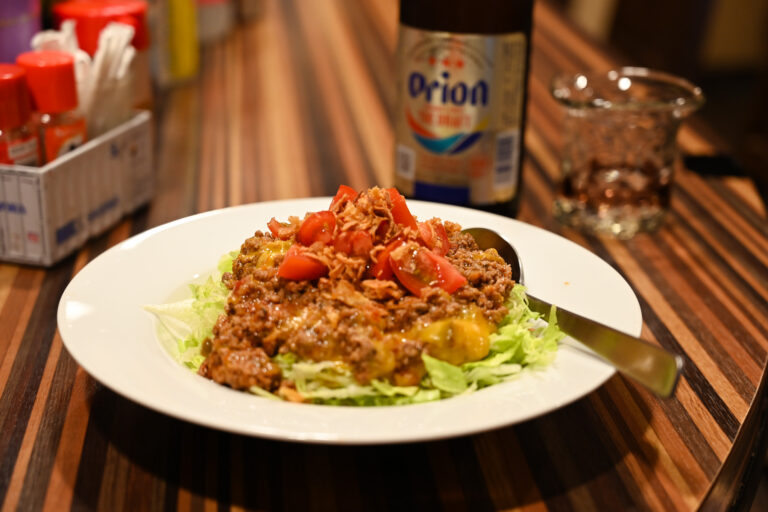The wind of Kyotango blows in Fuse.
A shopping street under the elevated railway tracks. In the late afternoon, the aroma of grilled fish wafted past my nose.
I looked up and saw a small kappo (Japanese cooking) izakaya with a fluttering curtain.
The name of the restaurant is "Tango no Sato.
The owner, a native of Kyotango, Kyoto, runs the restaurant in his wife's hometown of Fuse.
The showcase is filled with a variety of obanzai. The aroma of the dashi broth will make your chopsticks move faster than you realize.
From seasonal dishes that change weekly to local flavors and stone-roasted curry, this is a place where you can enjoy authentic cuisine without being overbearing.
| Address | Ron Mall Fuse West Bldg. 1-44 Ashidai Shinmachi, Higashiosaka City, Osaka, JapanGoogleMap |
|---|---|
| Phone number | 06-6784-0660 |
| Business Hours | Lunch time / 11:30~13:30 (Mon~Wed) Dinner time: 17:00~22:00 (Monday~Saturday) |
| regular closing day | Sunday (open only for dinner on Saturday) |
| Smoking allowed | No Smoking! |
| SEKAI PASS Benefits | Three kinds of extra obanzai (dinner only) |
Tiny kappo, under the elevated railway in Fuse
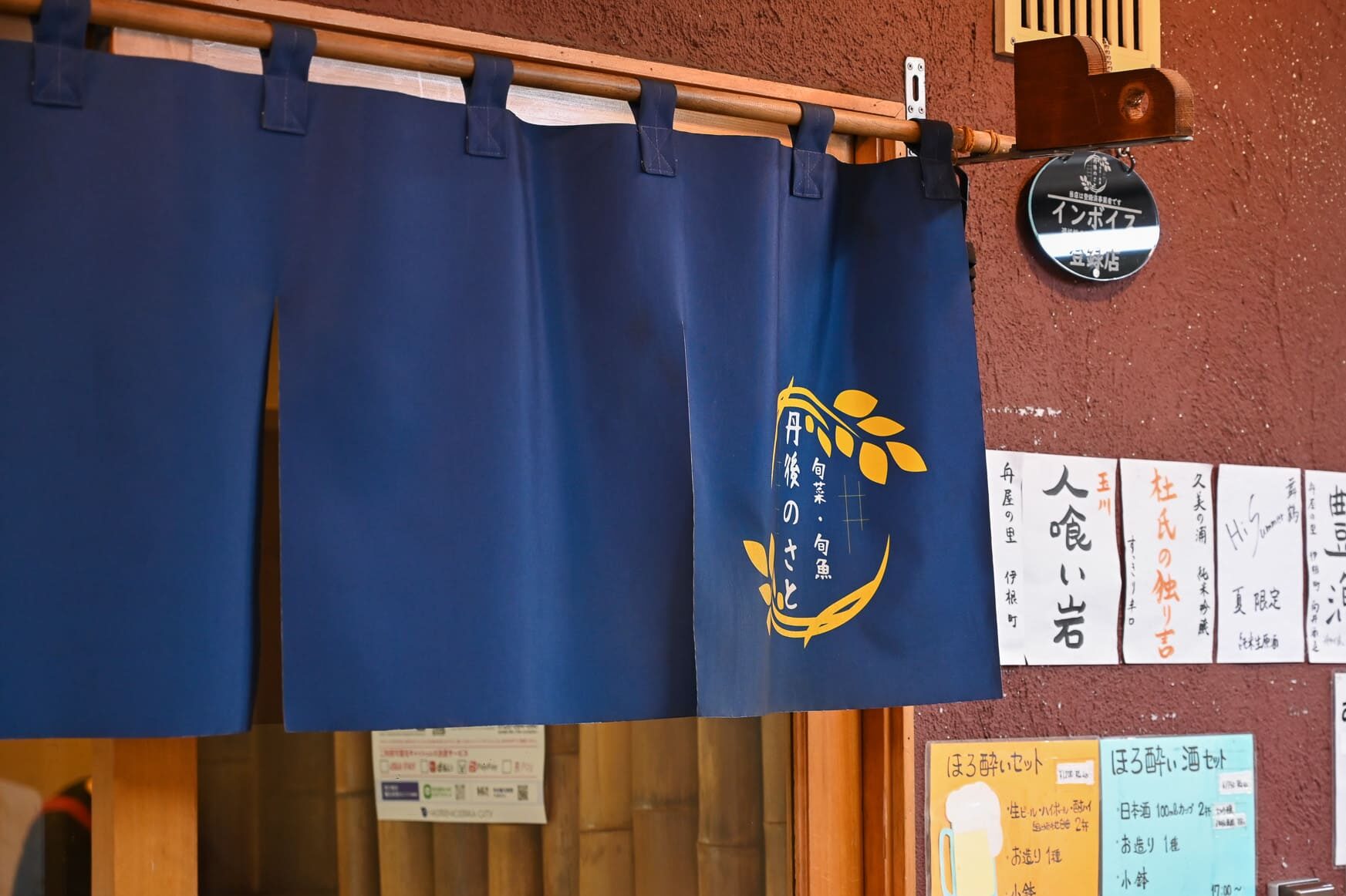
Just after getting off at Fuse Station, in a corner of “Aji Road” where many restaurants are crowded, an interesting curtain was swaying in the wind.
It is called “Tango-no-Sato. The first thing that catches your eye as you pass through the curtain is the showcase of obanzai.
Each dish is carefully arranged in a small bowl. It is not flashy at all. But you can sense a quiet confidence.
Macaroni salad, the wife’s favorite, is a combination of mackerel marinated in vinegar and ganmono dashi. The mild sweetness of honey instead of sugar left a lasting impression on my heart.
If you can’t choose just one, I recommend you to try it.”
Her voice with such a smile also made me feel at ease.
Conversation in the name of “obanzai
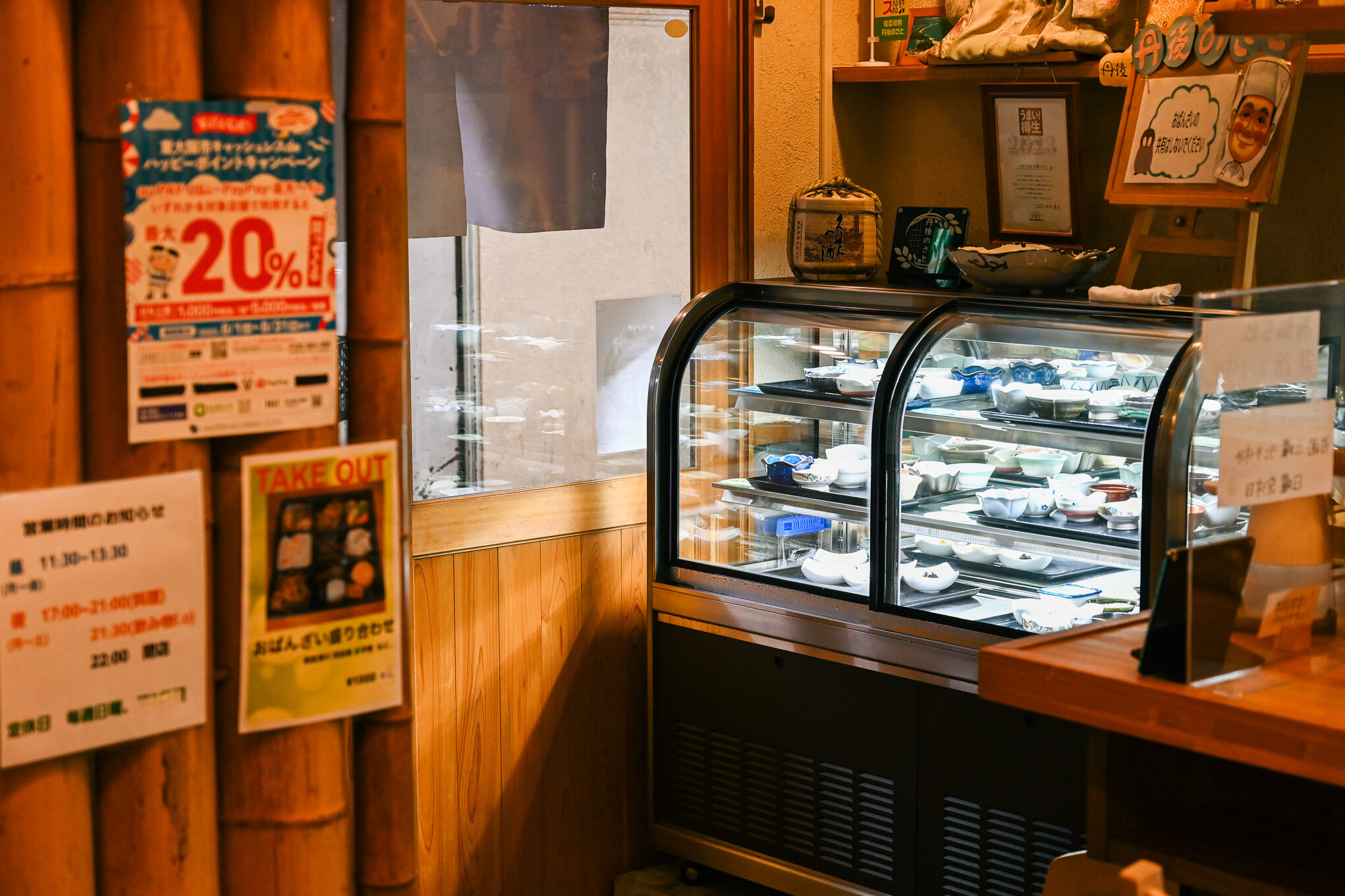
Obanzai” is a dish that does not use any special ingredients, so it shows the skill of the chef.
The owner of the restaurant, Mr. Hori, says so. Mr. Hori is a chef who honed his skills for more than 10 years at Tagoto, a long-established kappo restaurant in Kyoto, and in the Japanese food department of a hotel.
The way he makes the broth, the careful preparation, and the subtle subtraction of flavor. All of these are alive in his unpretentious kobachi dishes.
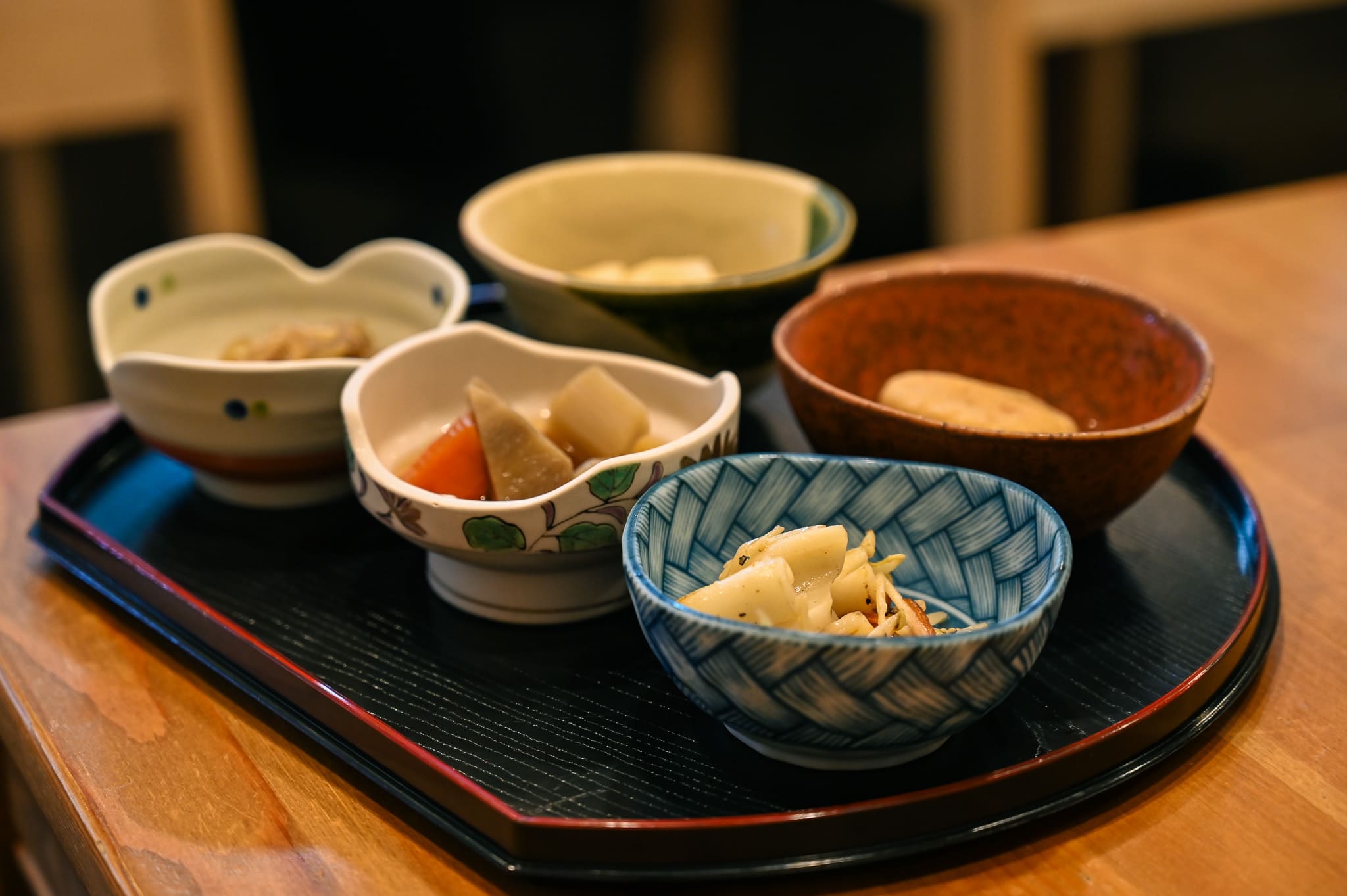
There are not many explanations of the dishes, but as you talk with the wife in front of the showcase, you naturally learn about the recommendation of the day.
Perhaps this is the restaurant’s typical form of interaction.
Standing at the entrance of the season
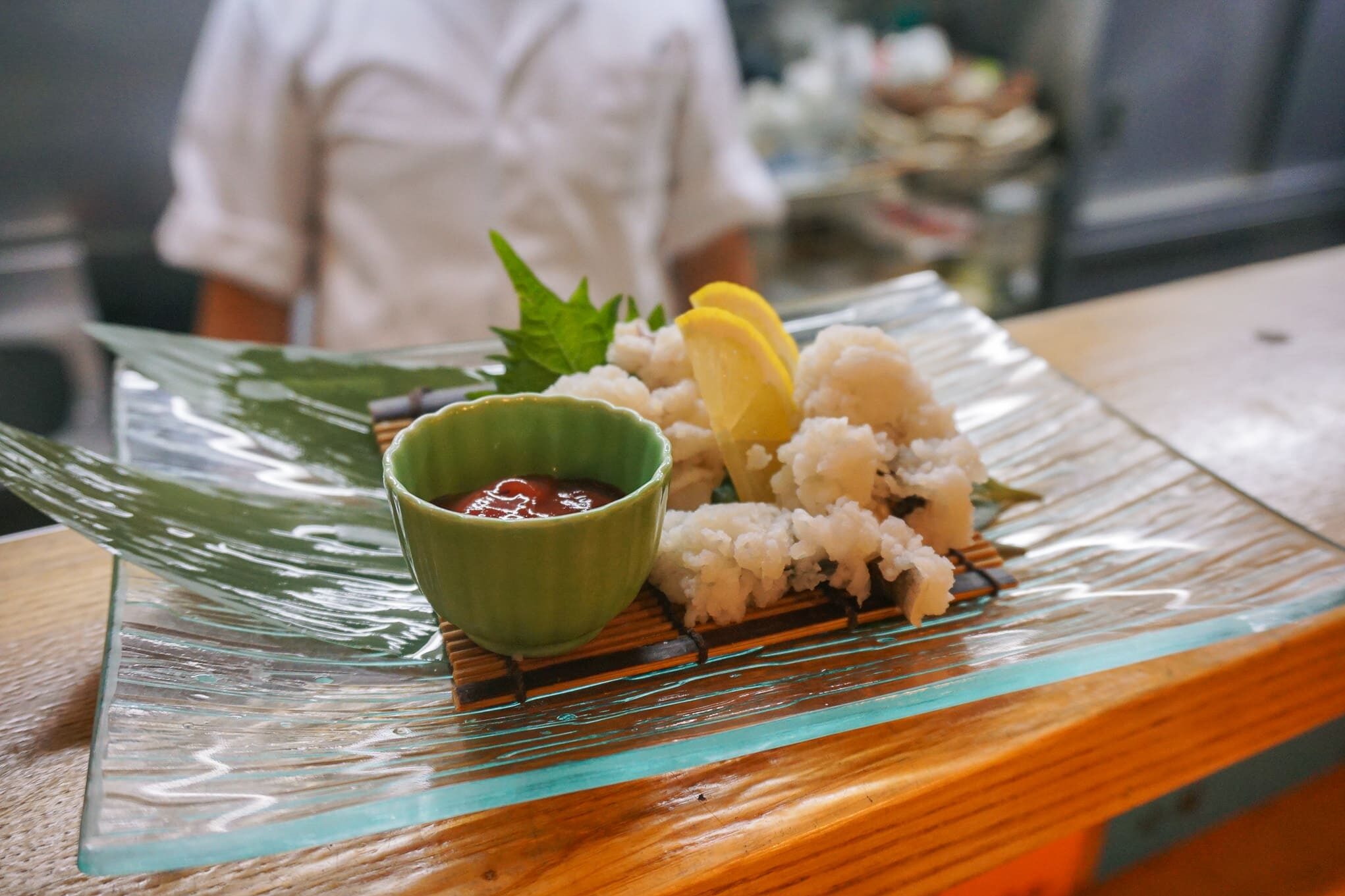
It was early September when I visited. In the back of the showcase, there was a line of boiled hamo (Japanese conger eel).
We got some nice hamo this week,” he said.
The hamo was so soft and fluffy that it seemed to melt on our tongues. The hamo steamed in an earthen pot that brings the autumn breeze has also been added to the menu this week.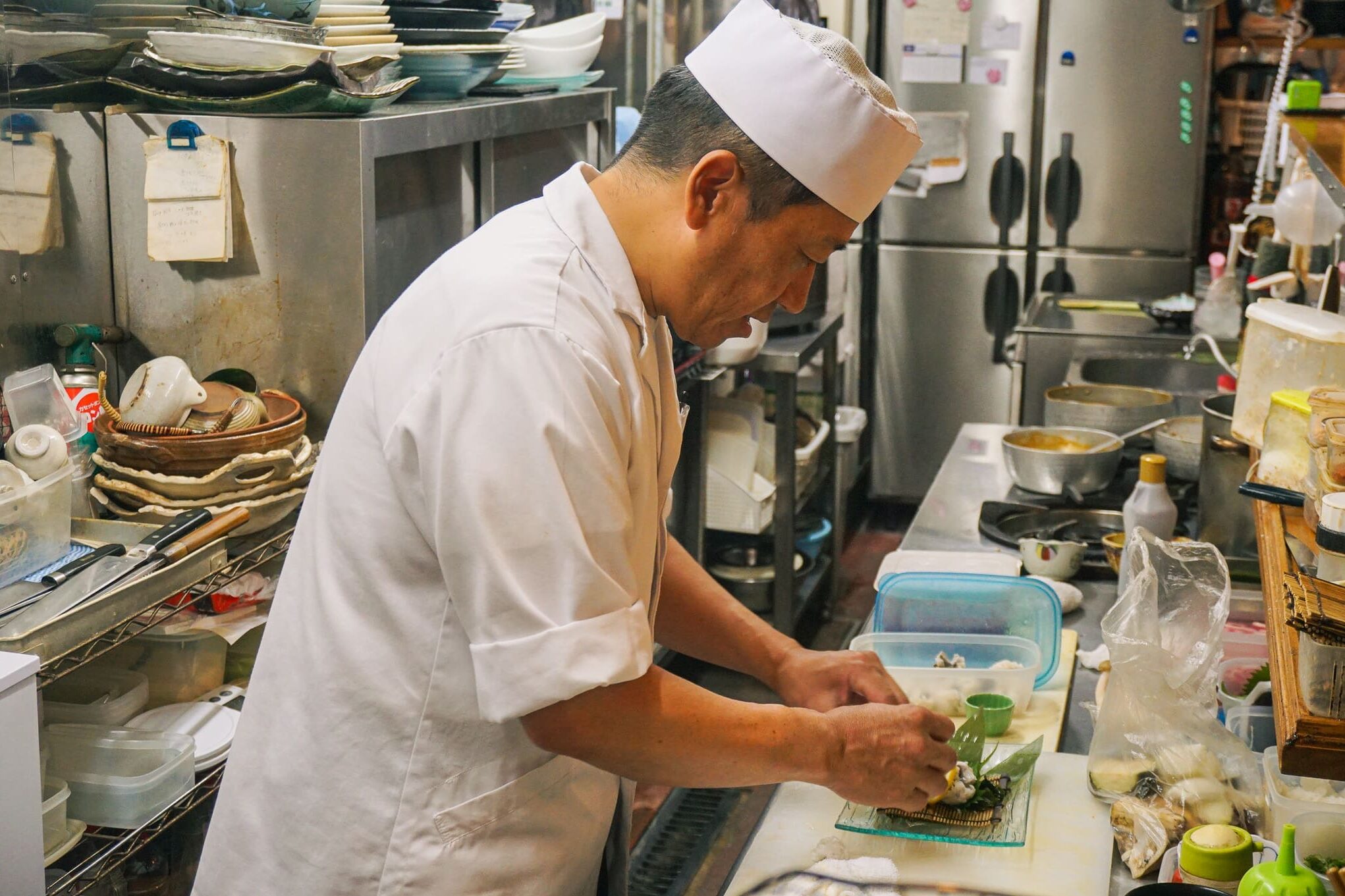
Dishes change weekly. The chef works with seasonal ingredients and serves the most delicious dish at the time, without overdoing it.
That is why regulars keep coming back to the restaurant to see what is new this week.
It is as if they are checking the changes of the four seasons at this restaurant.
With memories of Kyotango
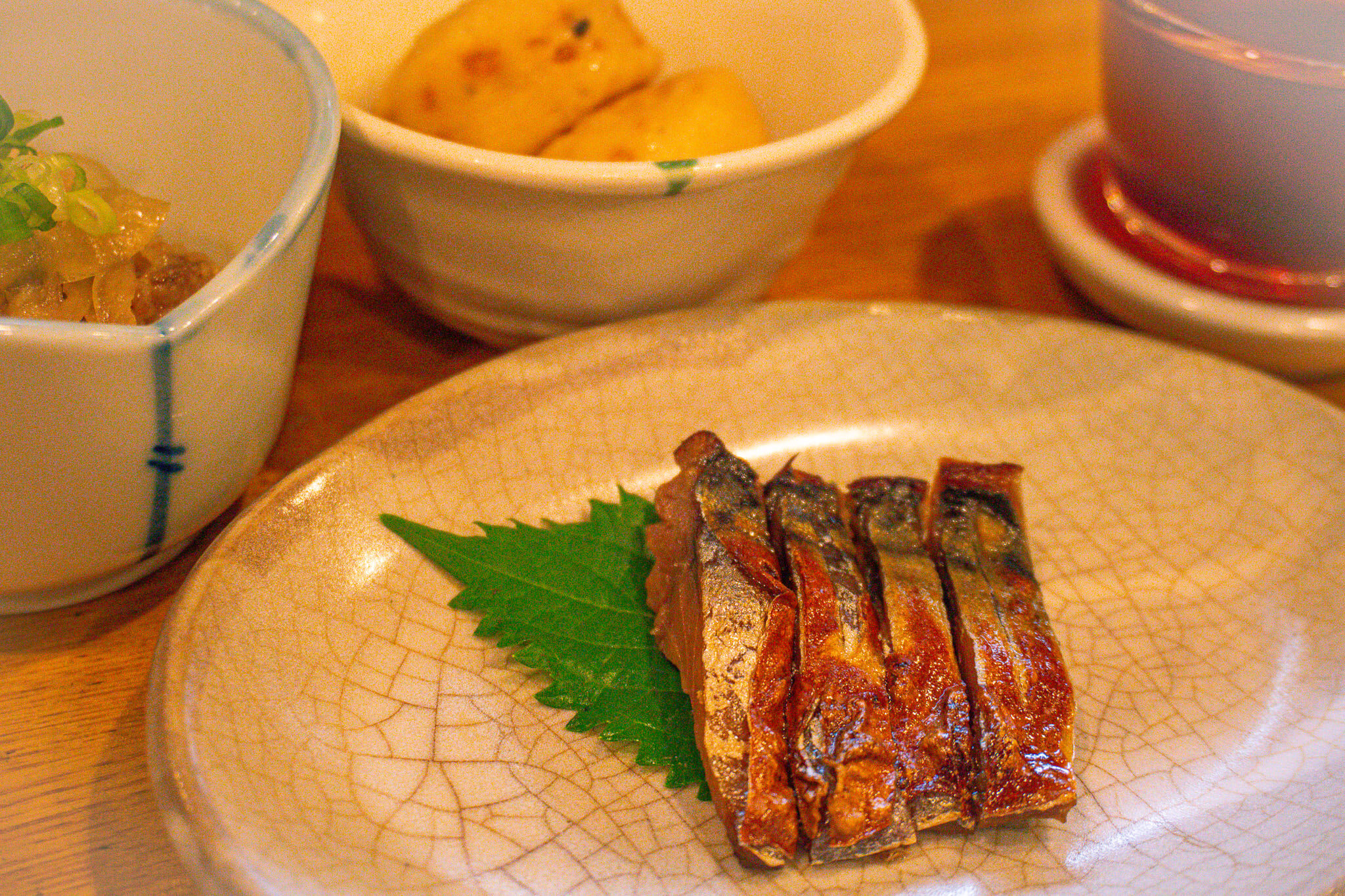
The name “Tango no Sato” refers to the owner’s hometown, Kyotango City, Kyoto Prefecture.
The roots of the restaurant are strongly reflected in its cuisine. The rice is Koshihikari rice purchased directly from contracted farmers in Kyotango. The more you chew, the sweeter the taste spreads.
One of the specialties is heshiko. Heshiko is made by pickling fatty mackerel in salted rice bran, and is a symbol of the fermented food culture of the Northern Kinki region.
Heshiko is often thought to be only salty, but ours is different,” he says.
The heshiko, selected by the owner himself, has a deep flavor and a gentle sourness that makes it a perfect accompaniment to sake.
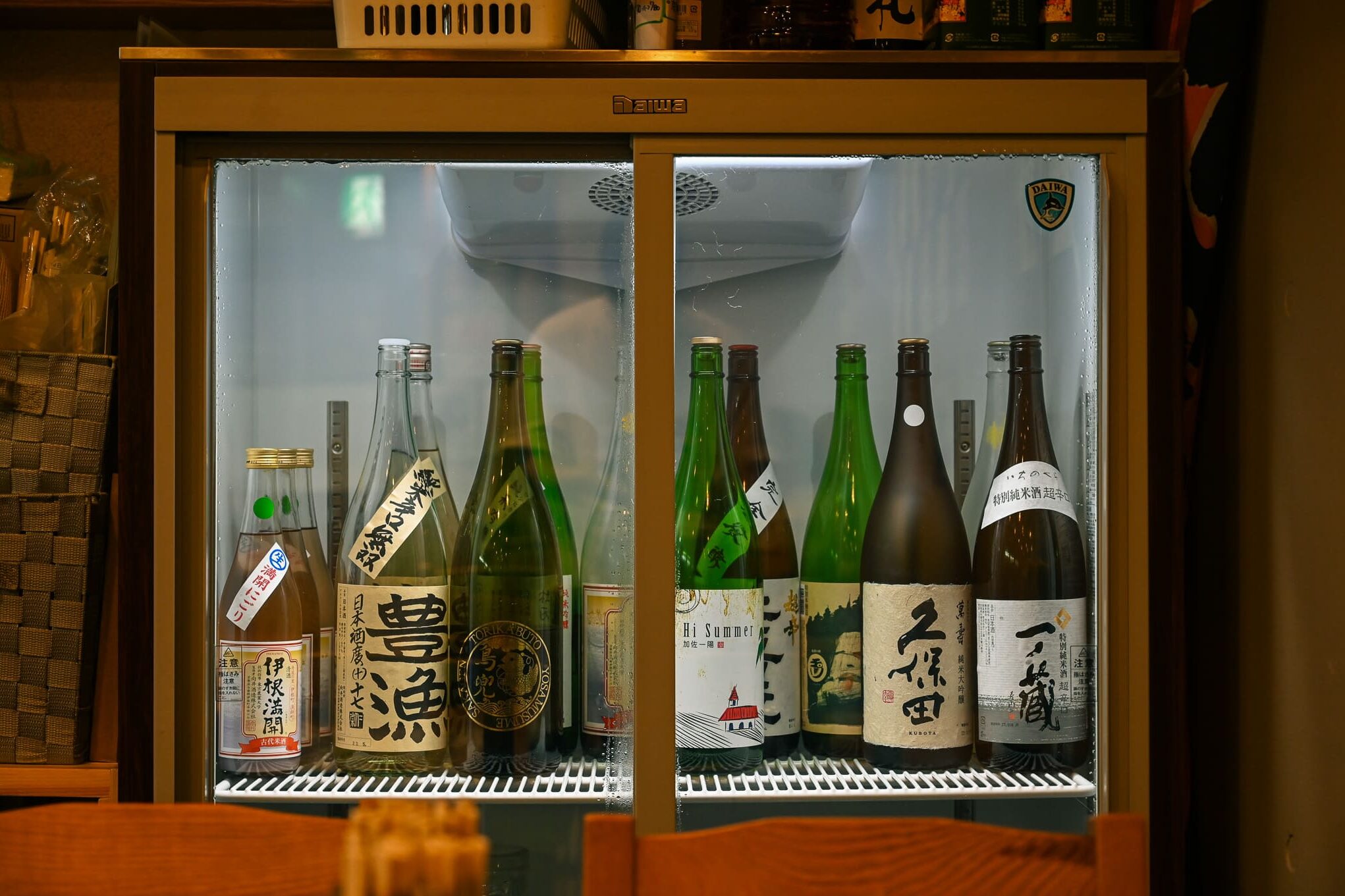
Of course, sake also comes from Kyotango. The refrigerator is always stocked with 12 to 15 varieties of sake.
Sometimes the sake poured into the cup overflows to the brim. When that happens, the wife laughs and says, “I’m sorry,” and gets a little flustered.
That is one of the tastes of this restaurant.
Surprised by Kappo’s Curry
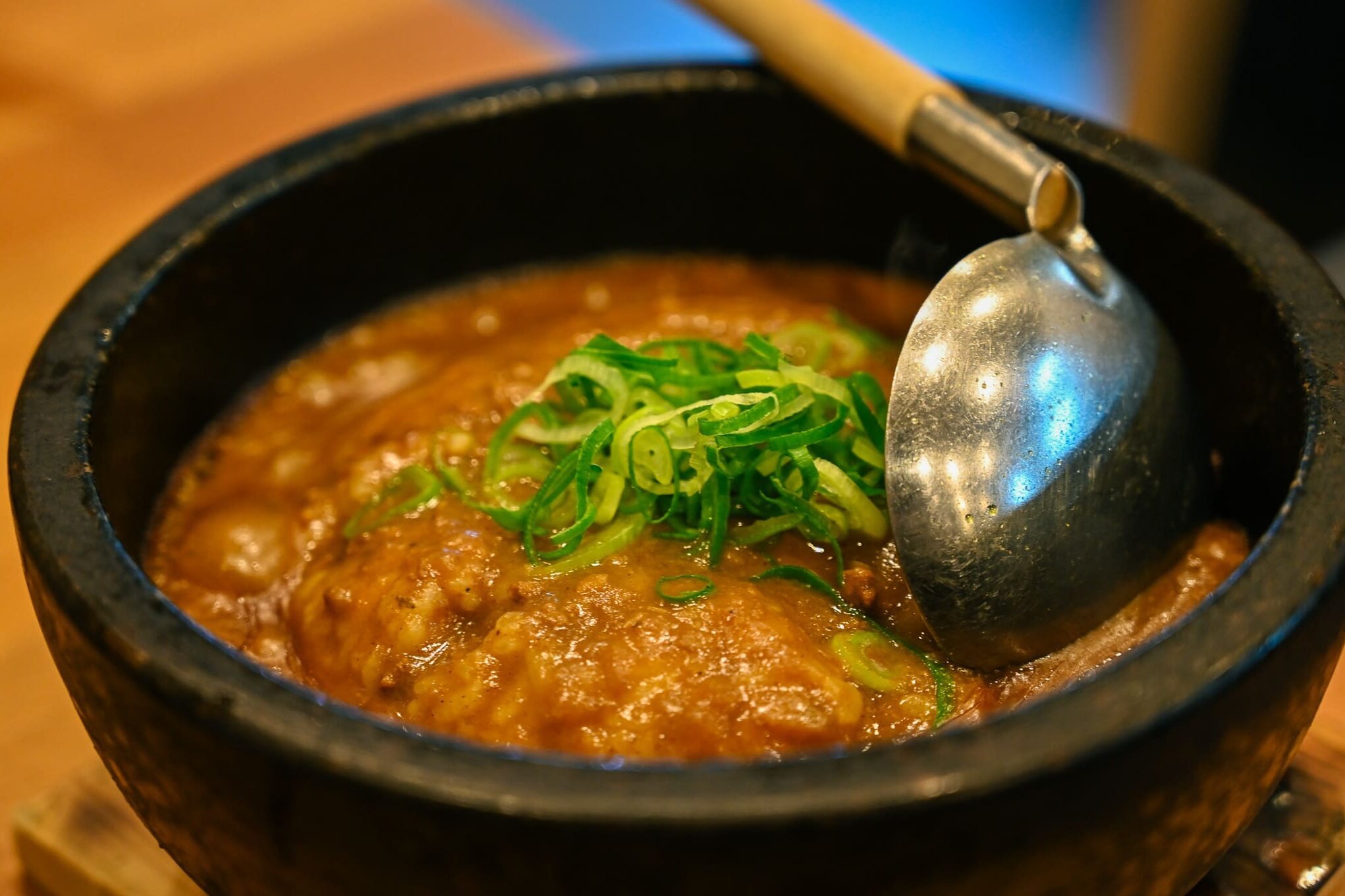
Looking over the menu for something to finish off the meal, the “Ishiyaki Curry (950 yen)” caught my attention.
The curry, which appeared sizzling on the teppan, was served in a kappo-like broth, but the spices were surprisingly stimulating and authentic.
The base is mildly seasoned with white miso paste and milk, with a hint of chili pepper as a secret ingredient.
The indescribable richness and aroma are addictive. The gap between the appearance and the taste will betray you in a good way.
It is said that not a few of the regulars come here for this dish.
Lunch is now open to a much wider range of customers!

At lunchtime on a weekday, “Tango no Sato” was bustling with nearby office workers and people on their way home from shopping.
The reason for this is the price of the lunch set. A set meal with obanzai starts at a whopping 900 yen.
In addition, at the “Obanzai Bar,” customers can take as many small bowls of food from the showcase as they like on a self-serve basis. Of course, the extra charge for a small bowl of food is just 200 yen.
It makes me a little happy to know that the taste of kappo is so close at hand.
Seven years of working together
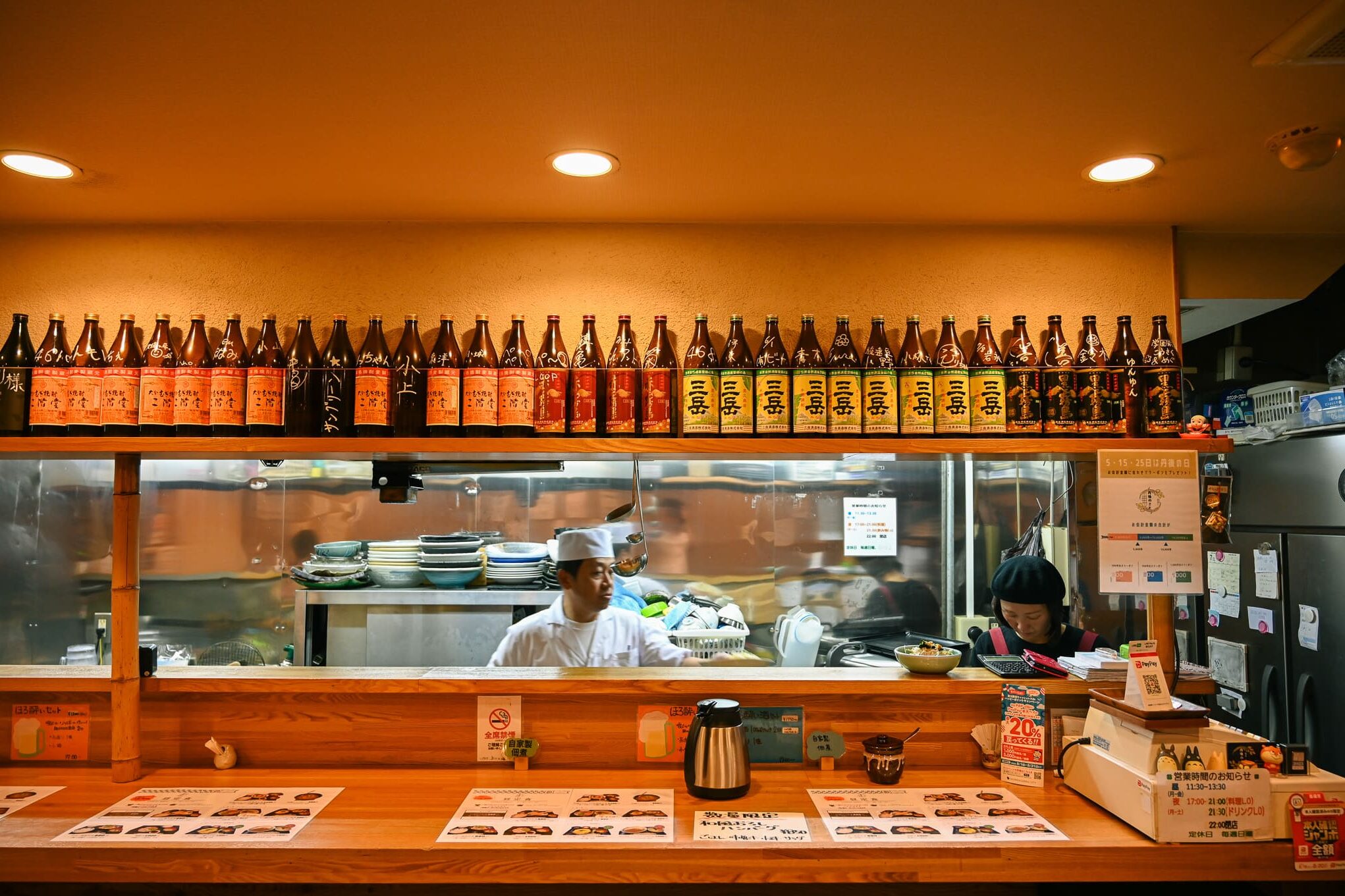
Mr. Hori opened his store in Fuse about seven years ago. The fact that it was in his wife’s hometown was the catalyst.
He started in a place where he had no local ties or acquaintances. There were days when not a single customer showed up, even on Fridays.
Even so, he has continued to work hard. We serve what we think tastes good,” he says. He believes in this attitude.
Today, the restaurant has a steady stream of regulars. There is something familiar about the faces of those who come to enjoy the food and conversation.
The curtain is still swinging in Fuse today.
Living in this town, there are days when I suddenly find myself craving the food at Tangosato.
On such days, you can go there alone.
While looking at the obanzai and talking with the wife about today’s recommendation,
you find yourself with an empty bowl and a warm feeling.
A town with such a restaurant may be a little richer.
